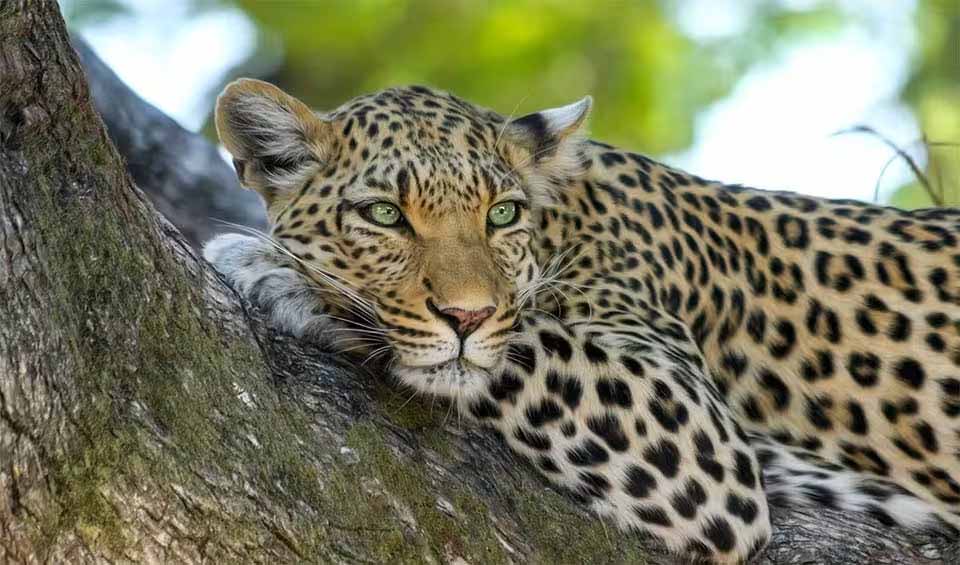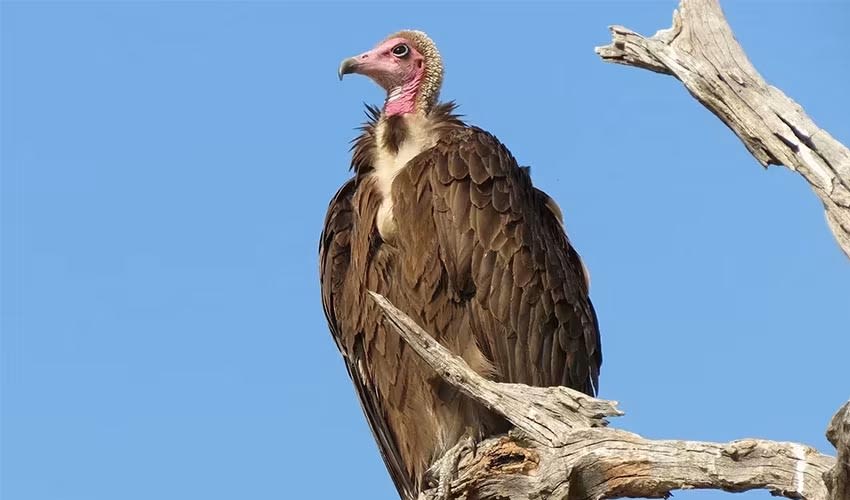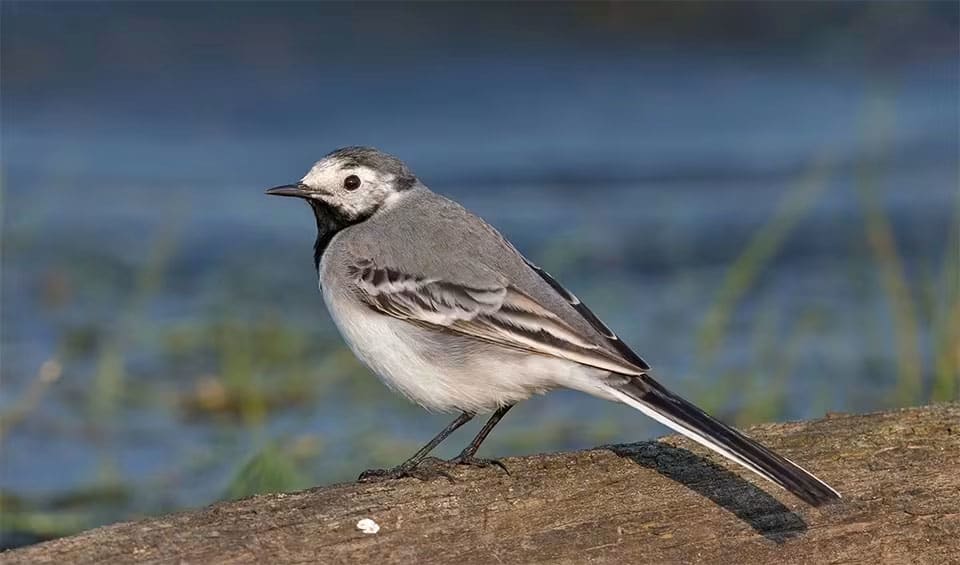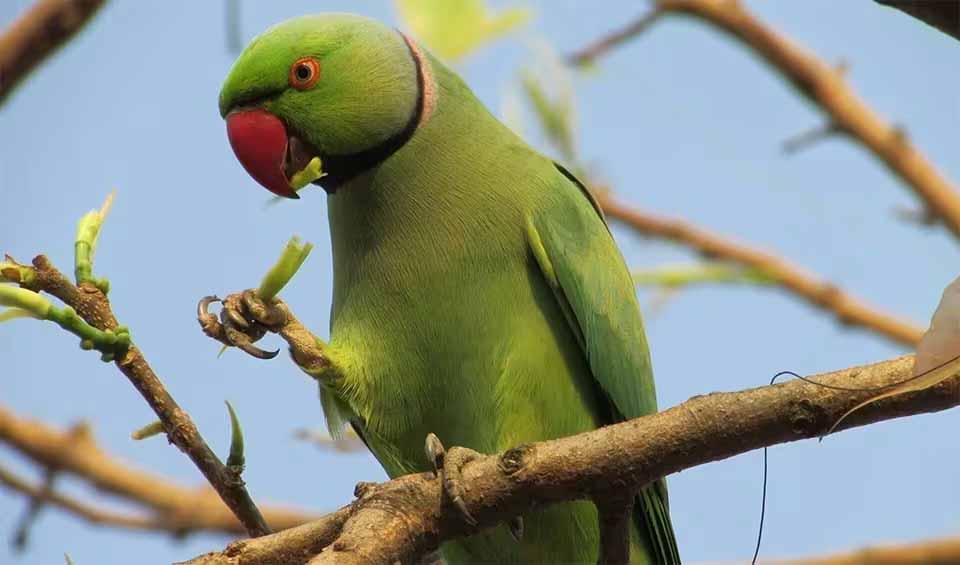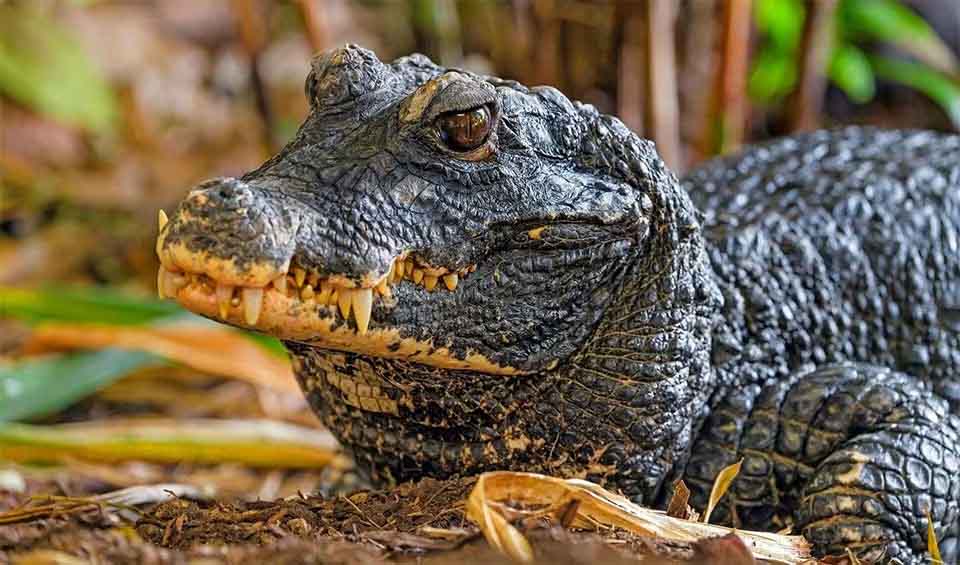The Gambia, the smallest country on the continental African mainland, boasts a rich diversity of ecosystems. This includes coastal saltwater and freshwater wetlands, as well as the Guinea and Sudan savannas, woodlands, and forests. In addition to these, the country is home to a variety of forests, agricultural land, marine areas, and inland water ecosystems. Situated in West Africa, The Gambia is almost entirely surrounded by Senegal, except for its western coast which borders the Atlantic Ocean.
The country straddles the lower reaches of the Gambia River, which flows through its center and out into the Atlantic Ocean, giving Gambia its distinctive elongated shape. This unique geography enhances its ecological diversity and contributes to the wide range of habitats found within its borders.
Four pillars elaborated:
Gambia is home to a network of 22 protected areas that span a variety of ecosystems, including wetlands, forests, and coastal zones. These areas constitute about 6.4% of the nation’s total land area and play a crucial role in preserving its extensive biodiversity. The array of protected landscapes in Gambia includes national parks, nature reserves, forest parks, and areas managed by local communities. Each type of protected area provides different levels of protection and employs management strategies that are specifically designed for the particular ecosystem and its species. Recognizing the importance of involving local communities in conservation, Gambia ensures that many of its protected areas are co-managed with local residents, which helps promote ownership and sustainable environmental stewardship. Land Management
Land Management
The biodiversity in Gambia faces multiple threats. A significant issue is the widespread cutting of trees, including in mangrove forests, to meet the domestic energy needs of over 90% of the population, with forests providing 85% of this energy. Other threats include unregulated and illegal hunting, destructive fishing practices such as the use of illegal gear and intrusion by foreign trawlers, and the illegal harvesting of thatch grasses along with the cutting down of tree branches to collect wild fruits. Additionally, shifting cultivation, itinerant farming, bushfires, overgrazing, and the dumping of industrial and household waste into wetlands are causing further damage. Illegal activities like coastal sand mining and the widespread use of chain saw machines exacerbate the destruction of native woody tree species. Threats to Biodiversity
Threats to Biodiversity
Land tenure issues and increasing demand for land, particularly outside traditional farming areas, are leading to extensive deforestation of mangroves to cultivate rice in the North Bank Region. Furthermore, local efforts to restore rice ecologies through the construction of anti-salt dams, which are not environmentally friendly, have led to the abandonment of potential rice-growing zones in areas such as Farafeni, Kosemar, and FoniJarrol. The three most persistent threats to protected area resources include logging, infrastructural developments, and land conversion.
In its effort to secure sustainable funding for protected areas, The Gambia has successfully created guidelines to encourage private-sector participation. This initiative led to the formation of the Abuko Nature Reserve, a private game reserve managed by the Gambian government with active participation from the Eagle Heights Conservation Centre, a UK charity. The Eagle Heights project aims to reintroduce wildlife species in both Abuko and Kiang West National Park. Additionally, a tourism package has been developed in collaboration with local private investors. Importantly, a Biodiversity Trust Fund has been established, initially funded with US$40,000 as seed money to explore sustainable financing options for protected areas. Capacity and Governance
Capacity and Governance
The Gambia recognizes the importance of integrating biodiversity into urban planning to foster sustainable cities that conserve biodiversity and enhance the well-being of their residents. A key strategy to achieve this is the development of green infrastructure, such as parks, gardens, and wetlands within city landscapes. Future Trends
Future Trends
Green infrastructure not only boosts biodiversity but also provides numerous additional benefits, including improved air and water quality and greater resilience to climate change. By establishing interconnected ecological networks within urban areas—creating what is known as biodiversity-friendly cities—the country can support a diverse range of species and habitats.
The Gambian government is actively pursuing the integration of biodiversity into its urban planning efforts. This initiative aims to ensure the long-term conservation of biodiversity and promote sustainable urban development.
Biodiversity
Gambia’s riverine forests and mangroves are particularly significant for their ecological richness. These areas are home to various bird species, making The Gambia a popular destination for birdwatching. Notable birds include the African fish eagle, osprey, and numerous species of kingfishers and herons. The mangroves also support a range of fish, crustaceans, and other marine life, playing a crucial role in the local fishing industry.Savanna ecosystems, found throughout the country, host a variety of mammals such as warthogs, monkeys, and antelopes. The open woodlands and grasslands are interspersed with patches of forest and wetlands, providing diverse habitats for wildlife. The Abuko Nature Reserve, one of the country’s key protected areas, is home to crocodiles, monitor lizards, and various primates, including vervet and red colobus monkeys. At the same time, its wetlands and coastal areas are vital for biodiversity and local livelihoods. Wetlands like the Tanbi Wetland Complex, a Ramsar site, are critical habitats for waterbirds, including pelicans, flamingos, and numerous wader species.
In the table below are the number of known species in several main groups, how many of these species are Threatened with extinction, and how many of them are Endemic (unique to Gambia only):
| Species (World rank) |
Threatened | % Threatened | Endemic | % Endemic | |
|---|---|---|---|---|---|
| Mammals | 136 (#85) | 10 | 7.4% | ||
| Birds | 462 (#75) | 19 | 4.1% | ||
| Reptiles | 89 (#97) | 6 | 6.7% | 1 | 1.1% |
| Amphibians | 28 (#84) | ||||
| Fishes | 579 (#100) | 68 | 11.7% | ||
| Plants | 1,018 (#177) | 3 | 0.3% |
mammals
Leopard
Disappearing graceful shadows, this tree-climber is on the way to extinction
African wild dog
85% successful kills! Yet irreversibly waning, it is among the most endangered canids in Africa
Western red colobus
They have complex stomachs that allow them to digest mature or toxic foliage that other monkeys cannot
birds
Hooded vulture
They are known to scavenge at rubbish dumps and around slaughterhouses, helping to dispose of animal byproducts and reducing potential health risks
White wagtail
Holds cultural symbolism in some societies, representing good luck
Rose-ringed parakeet
If you ever forget the tune of a song, don’t worry; this bird has your back
reptiles
Western green mamba
A lethal beauty of the West African forests
Dwarf crocodile
Timid nocturnal with broad snouts native to Africa, they are the smallest of all crocs
Leatherback sea turtle
The mysterious diver of the ocean is the largest and only sea turtle without a hard shell and scales
National Animals
Spotted hyena
Also known as Laughing Hyena, it gets chewed a lot for being cruddy and a good-for-nothing scavenger!
Lion
Tufted-tailed Simba in the plight
